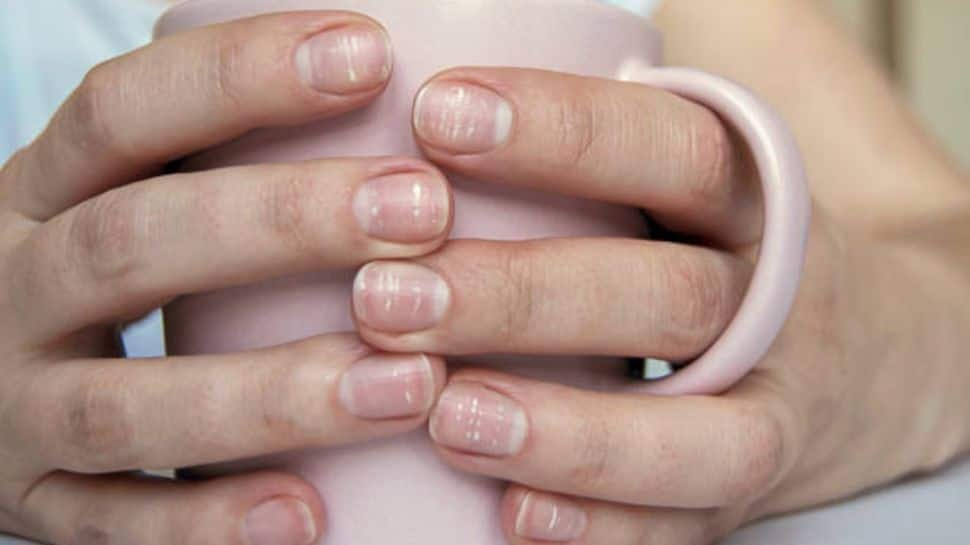Your fingernails are more than just a beauty feature – they can reveal important clues about your overall health. From nutrient deficiencies to underlying medical conditions, changes in nail colour, shape, or texture should not be overlooked.
Here are 8 fingernail problems you should never ignore and what they might mean:-
1. Yellow Nails
Yellow discoloration can occur due to nail polish, fungal infections, or smoking. However, persistent yellow nails may also signal respiratory issues, diabetes, or thyroid problems. If home remedies don’t help, consult a doctor.
2. Brittle or Cracked Nails
Nails that easily break, split, or peel are often linked to dehydration, frequent exposure to water, or harsh chemicals. Sometimes, they can also indicate hypothyroidism or iron deficiency.
3. White Spots on Nails
Small white spots are usually harmless and caused by minor injuries to the nail bed. But if they appear frequently or cover larger areas, it may be linked to zinc deficiency or fungal infections.
(Also Read: 7 Daily Habits That Are Secretly Clogging Your Pores And Giving You Pimples)
4. Dark Lines or Streaks
Dark vertical streaks under the nails should never be ignored. They may result from injury, but in some cases, they could be an early warning sign of melanoma (a type of skin cancer).
5. Clubbing of Nails
When nails curve downward and fingertips appear swollen, it is called “clubbing.” This may indicate lung disease, heart problems, or gastrointestinal disorders.
6. Spoon-Shaped Nails (Koilonychia)
If your nails curve upward like a spoon, it could be a sign of severe iron-deficiency anemia or liver-related conditions. Early diagnosis and treatment are essential.
7. Pale or White Nails
Extremely pale nails may indicate anemia, liver disease, or poor circulation. White nails with darker rims can also be linked to liver problems such as hepatitis.
8. Nail Pitting
Tiny dents or pits in the nails are often associated with psoriasis or autoimmune conditions. They may also be seen in connective tissue disorders or alopecia areata.
Your nails can be a reflection of your body’s health. While minor nail issues are often harmless, persistent or unusual changes should not be ignored. If you notice any of the above problems, it’s best to consult a healthcare professional for proper diagnosis and treatment.
(This article is meant for informational purposes only and must not be considered a substitute for advice provided by qualified medical professionals.)

